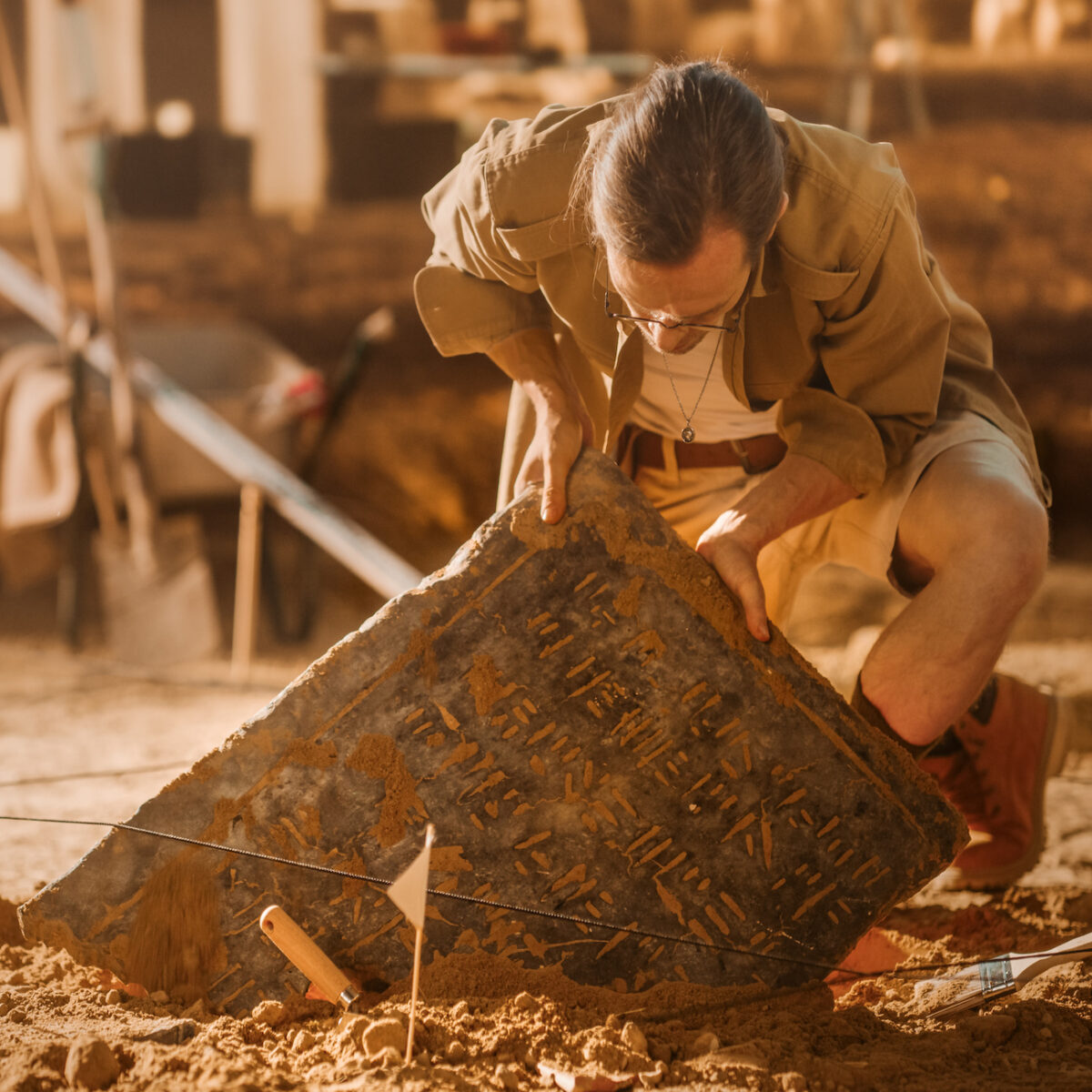Archaeologists are people who study “human history and prehistory through the excavation of sites and the analysis of artifacts and other physical remains.” Over the past few decades, a new type of archaeologist has appeared. They’re devoted to the analysis and preservation of electronic test and measurement equipment in a manner similar to old car aficionados who lovingly restore and modify old automobiles. Among the technology … Read More → "Finding HP: An Italian Engineer’s Journey"
Lip-Bu Tan gave his first keynote speech as Intel’s new CEO on March 31 at the Intel Vision event in Las Vegas. He’d been on the job for only 14 days, so this venue gave Lip-Bu his first opportunity to speak directly to Intel’s customers as a group and to tell them about his plans for the company. He started by providing some insight into his … Read More → "Lip-Bu Tan sets the course for Intel"
I fear that my poor old cranium has been crammed to capacity with contemporary concepts. For example, I have always understood the abbreviations HIL or HITL to mean “hardware-in-the-loop” in the context of simulation and emulation. Now, however, I have discovered they can also refer to “human-in-the-loop,” which is an experience I’ve not hitherto enjoyed myself.
When I … Read More → "TASKBOTs Set to Seamlessly Integrate into Human Workplace Environments"
As I may have mentioned on occasion, one of my favorite science fiction movies is the 1982 American-Hong Kong dystopian science fiction movie Blade Runner, which was directed by Ridley Scott and is often rated as one of the greatest sci-fi films ever (it was based on the book Do Androids Dream of Electric Sheep by Philip K. Dick).
The … Read More → "Findchips: From Engineer’s Hack to Advanced Component Search Engine"















